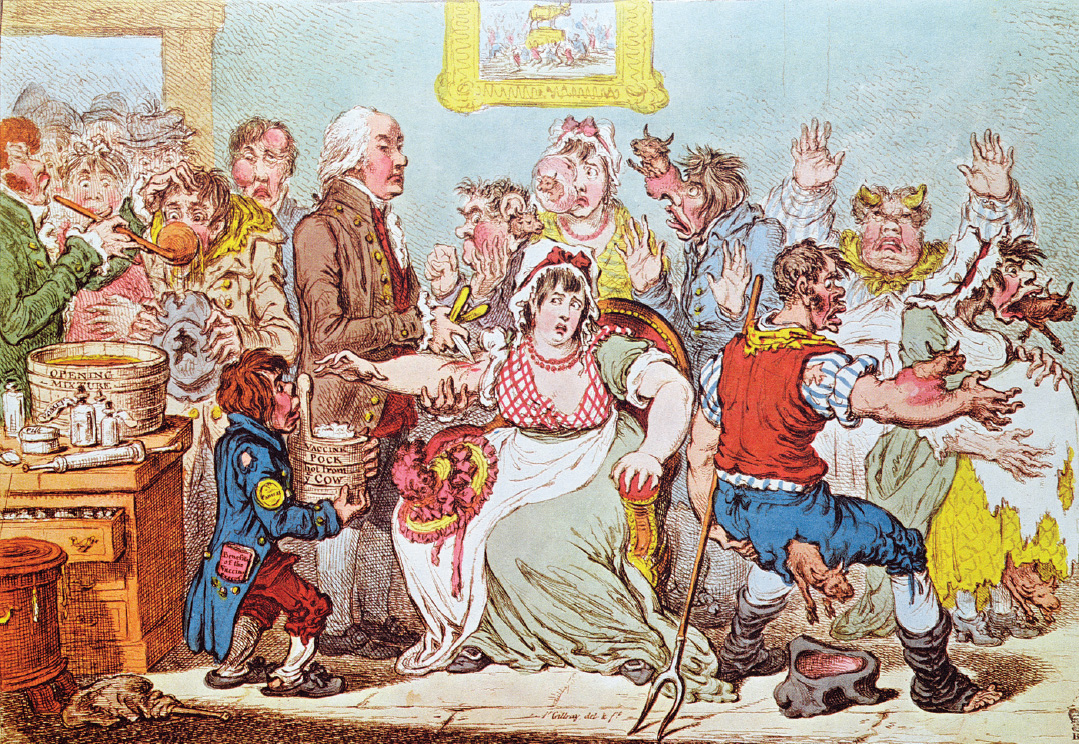A History of Western Society: Printed Page 604
A History of Western Society, Value Edition: Printed Page 612
The Conquest of Smallpox
Experimentation and the intensified search for solutions to human problems led to some real advances in medicine after 1750. The eighteenth century’s greatest medical triumph was the eradication of smallpox. With the progressive decline of bubonic plague, smallpox became the most terrible of the infectious diseases, and it is estimated that 60 million Europeans died of it in the eighteenth century.
The first step in the conquest of this killer in Europe came in the early eighteenth century. An English aristocrat whose beauty had been marred by the pox, Lady Mary Wortley Montagu, learned about the long-established practice of smallpox inoculation in the Muslim lands of western Asia while her husband was serving as British ambassador to the Ottoman Empire. She had her own son successfully inoculated with the pus from a smallpox victim and was instrumental in spreading the practice in England after her return in 1722. But inoculation was risky and was widely condemned because about one person in fifty died from it. In addition, people who had been inoculated were infectious and often spread the disease.

While the practice of inoculation with the smallpox virus was refined over the century, the crucial breakthrough was made by Edward Jenner (1749–1823), a talented country doctor. His starting point was the countryside belief that dairymaids who had contracted cowpox did not get smallpox. Cowpox produces sores that resemble those of smallpox, but the disease is mild and is not contagious.
For eighteen years Jenner practiced a kind of Baconian science, carefully collecting data. Finally, in 1796 he performed his first vaccination on a young boy using matter taken from a milkmaid with cowpox. After performing more successful vaccinations, Jenner published his findings in 1798. The new method of treatment spread rapidly, and smallpox soon declined to the point of disappearance in Europe and then throughout the world.